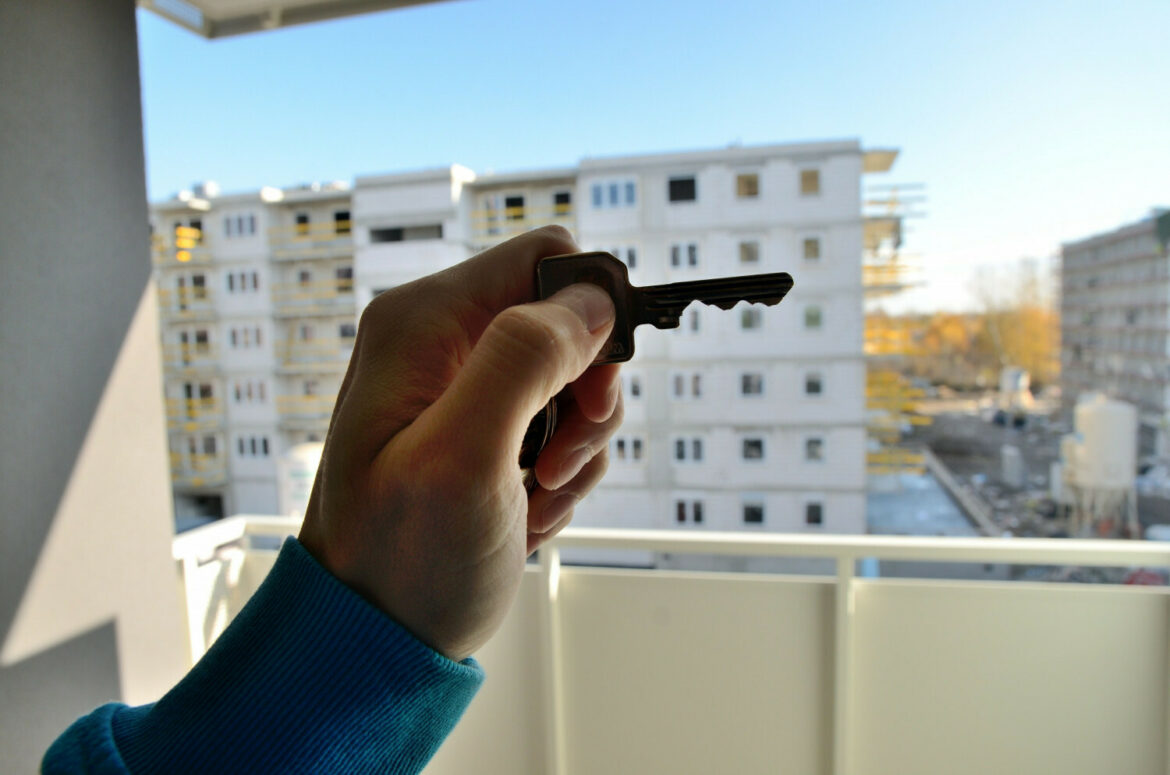According to the report of Expander and Rentier.io, the huge demand in the rental market meant that in just 2 months the cost of lease in Gdynia increased by as much as 11%, and in Warsaw, Wrocław and Białystok by 10%. The interest rate on mortgage loans is rising so quickly that the monthly rental cost is still lower than the loan instalment for all the cities studied.
Over 2 million refugees from Ukraine generated a huge demand for apartments for rent. “We checked how many unique (after removing duplicates) apartments for rent were on offer in the 16 largest Polish cities on February 23, i.e. on the eve of the war in Ukraine, and two months later, i.e. April 23. During this time, the number of active ads decreased by more than half (56%). The largest number of ads disappeared in Warsaw (-4,026), Kraków (-1,339) and Wrocław (-936). In percentage terms, the largest decline was recorded in Gdańsk and Gdynia (-69%). Before the war, there were over three times more offers there than today. It is followed by Rzeszów (-66%) and Lublin (-64%). Wrocław, which in our previous report took the first place in this respect, is now only in fifth place (-61%)”, writes Jarosław Sadowski, Chief Analyst of Expander Advisors and an expert on the financial market.
The authors of the report claim that the myth that there is a shortage of 2 million apartments in Poland has just dropped. The data of the Central Statistical Office from the census shows that on March 31, 2021, as many as 12% of flats in Poland were unoccupied. Exactly there were as many as 1.85 million such empty apartments, which is confirmed by the information on electricity consumption. The largest share of empty premises was recorded in the following voivodships: Małopolskie (14%), Podlaskie (14%), Lubelskie (13%) and Świętokrzyskie (13%). The smallest was in Opole (8%), Lubuskie (9%) and Kujawsko-Pomorskie (9%).
Of course, the pandemic is to some extent responsible for this phenomenon. Work and distance learning reduced the demand for long-term rental at that time. There were also definitely fewer tourists, which meant empty apartments for short-term rent.
The problem, however, is that many of these empty apartments are in places where few people want to live. At the same time, there is a shortage of housing in large, developing cities.
Adrian Andrzejewski





